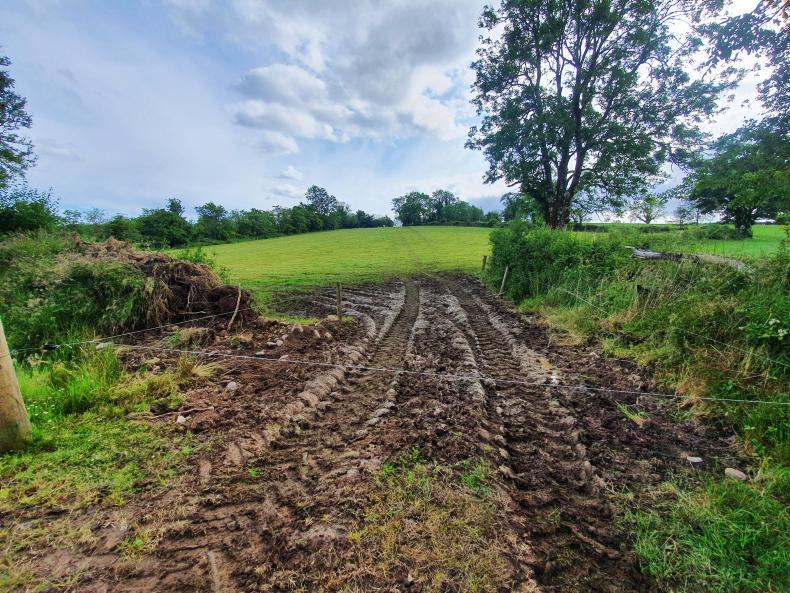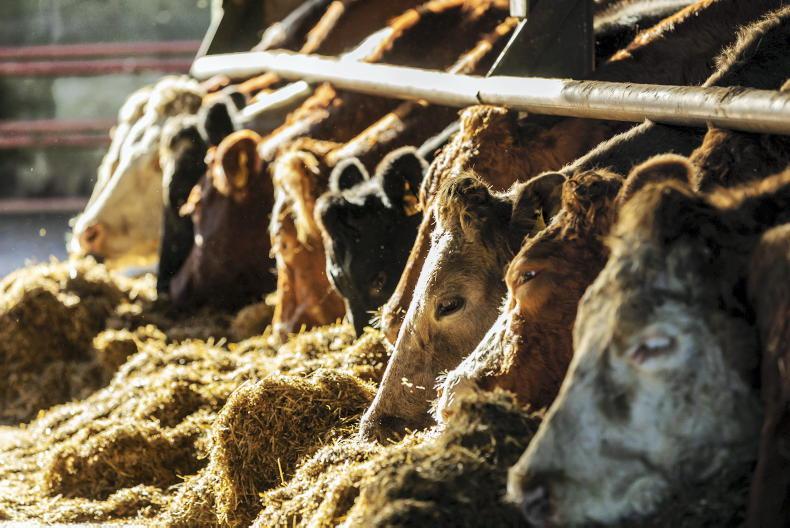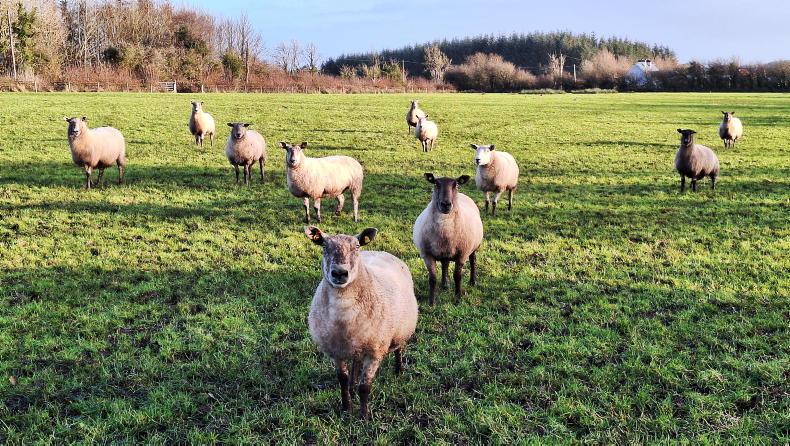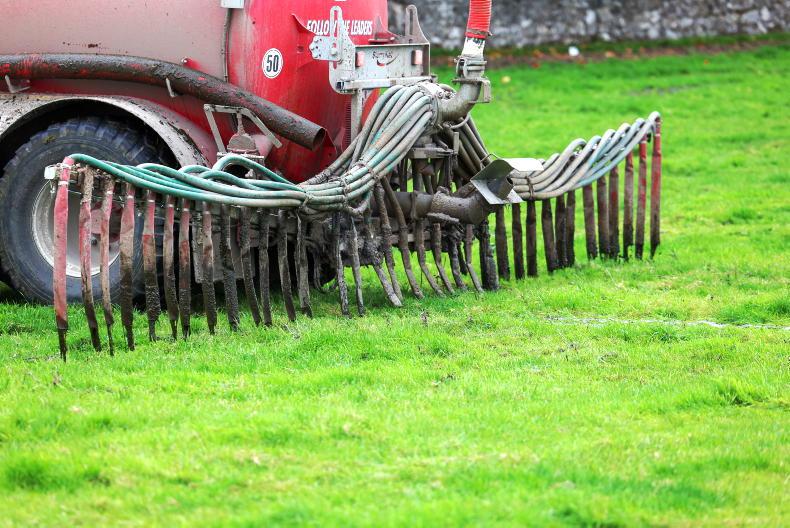For farms in the west and northwest, the grazing situation has changed drastically over the last seven to 10 days.
Farms were enjoying near-perfect grazing conditions since late March, but with over 100mm of rain falling in many areas, ground conditions have deteriorated significantly.
Dealing with wet conditions
It is fortunate that ground was as dry as it was prior to this rainfall or things would be in a much worse situation. However, cattle are still starting to blacken ground where they are left too long in the one paddock.
Most of this damage is superficial and will clean up again after a shower of rain once cattle have moved to the next paddock. The damage will always look worse around the drinking trough or corners of the fields where stock congregate.
It might be best to have the creep feeder placed in the next paddock
If there is a creep feeder in the field, there will be a lot of damage around this as cows try to shelter from the rain.
It might be best to have the creep feeder placed in the next paddock to where cattle are grazing and raise the electric fence in an area so that calves can creep graze forward ahead of the cows. This will also give them access to the best grazing available.
Keep stock moving
The main thing is to keep stock moving to fresh grass as often as possible. Cattle with plenty of grass under their heads will be more content and do less travelling than those that are being forced to graze out paddocks tight.
The situation is that what was a four-day paddock is now a three-day paddock or what was a two-day paddock is now a 24-hour paddock.
Clean-outs are not going to be as good as you would like, but hopefully the next time you come to grazing these paddocks you can achieve a better post-grazing sward height.
Planning your grazing week
There are still some quite wet days ahead, according to next week’s forecast. Keep an eye on the forecasted rainfall levels in your area and try to plan your grazing accordingly.
For days with significant rainfall, try to have stock in one of the more drier fields on the farm or a field with decent shelter, as this will reduce the amount of roaming that they do.
When you see a dry 24- to 48-hour period, try to graze lower-lying or wetter paddocks or fields that have been recently reseeded, as they will not have the same stock-carrying capacity as older, denser swards.










SHARING OPTIONS